Early Summer Flower Garden, Gardens of Sardinia, Curious Cucumbers and Jumping Worms
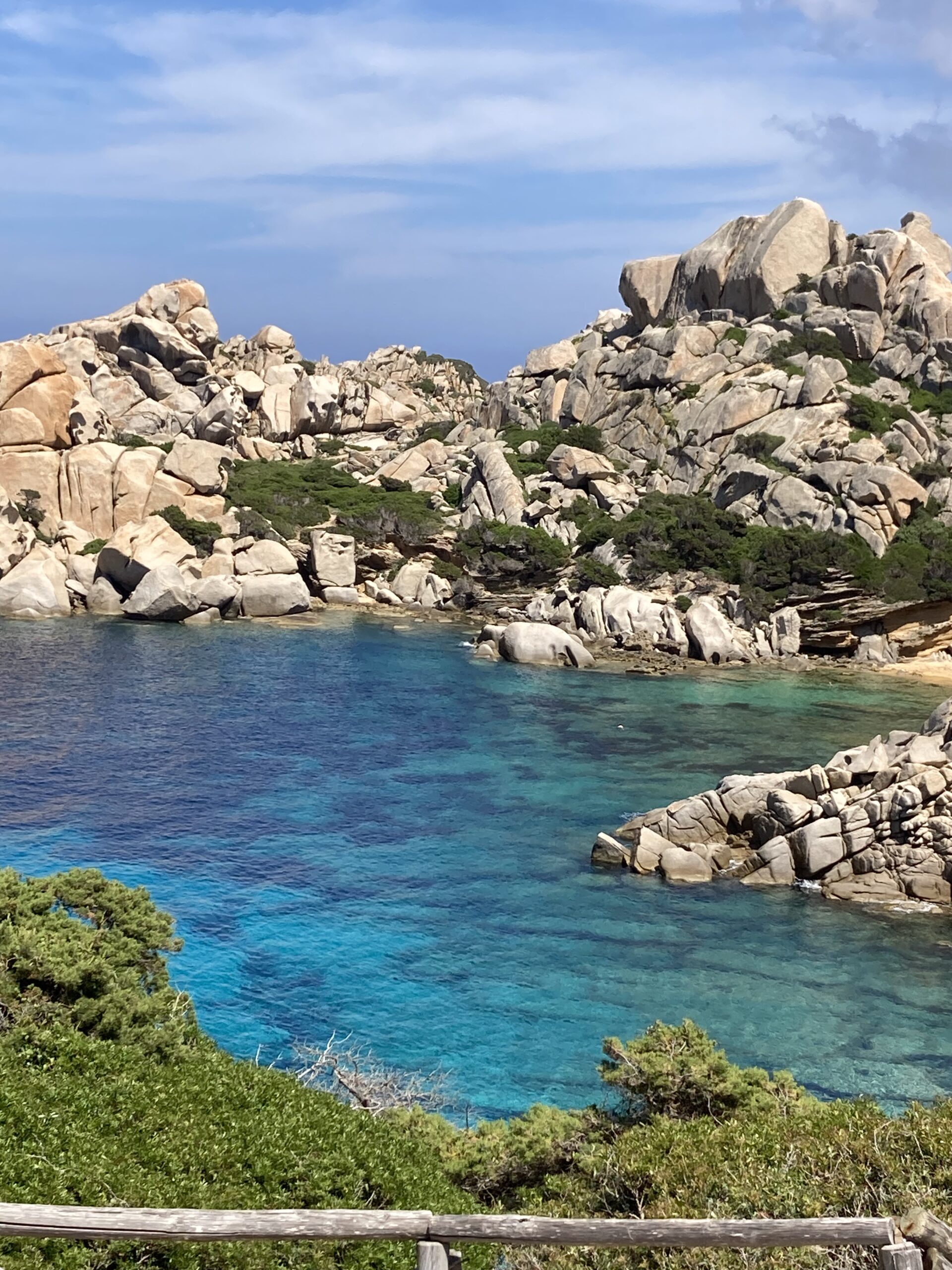
I’ve just returned from leading a Garden Tour of Sardinia, Italy. It was a fabulous trip exploring this large island off the Italian coast. Sardinia certainly has lots of Mediterranean influenced gardens but surprisingly in the interior where it’s wetter and cooler, there are some familiar temperate climate trees and shrubs growing as well. We spent time with a Sardinian landscape architect exploring dry land gardens and his own personal garden. Of course, if you go to Italy you have to visit wineries, do a few cooking classes and hear some traditional music performed by Sardinia Tenors. I show a few photos of our trip in this newsletter. There will be a longer video once we get all the photos organized. stay tuned. If you’re interested in any future garden tours with me, send me an email and I’ll put you on the notification list.
Back home in Vermont, our garden is loving the recent warm, sunny weather after all the May rains. I couldn’t resist making a short video showing some of the garden vignettes that we’ve created with nice combinations of flowers and foliage. Enjoy the show and hopefully it will inspire you to try some new plants.
The cool weather isn’t friendly to cucumbers, but luckily I waited to plant until I returned. Now in the sun, they are thriving. I highlight some unusual varieties of cucumbers, including cucamelons and lemon cucumbers, as well as tips on growing them in this newsletter.
Finally, I continue to talk about pests in the garden. The Asian jumping worm or snake worm is the latest pest that’s wreaking havoc in forests and gardens. I talk about this exotic pest and ways to control it here.
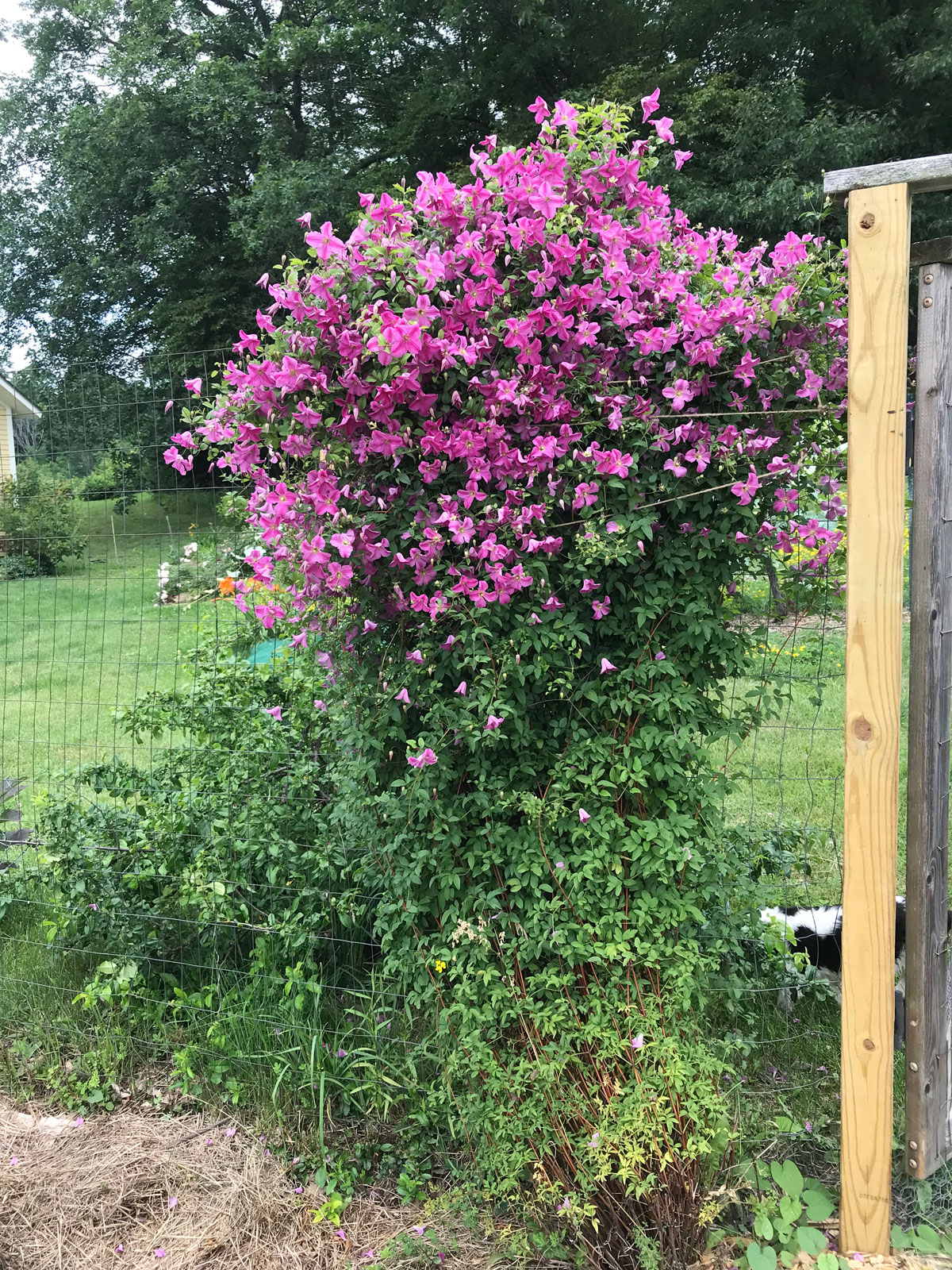
Remember to check out my monthly garden blog I write for Proven Winners called What’s Up North. The June blog features some great flowering vines.
Until next time I’ll be seeing you, in the garden.
Charlie

Where to Find Charlie: (podcasts, TV and in-person)
- In the Garden (WCAX-TV CBS) – This week: The Power of Mulch
- All Things Gardening on Vt Public Radio– This week: Peanuts
- WJOY In The Garden Podcast– This week: How to prune lilacs, how to move a baptisia plant, watering while you’re on vacation, and more
- Where’s Charlie Speaking? 6/19/25- NVDA Board Meeting, Newport, VT
Early Summer Flowering Perennials
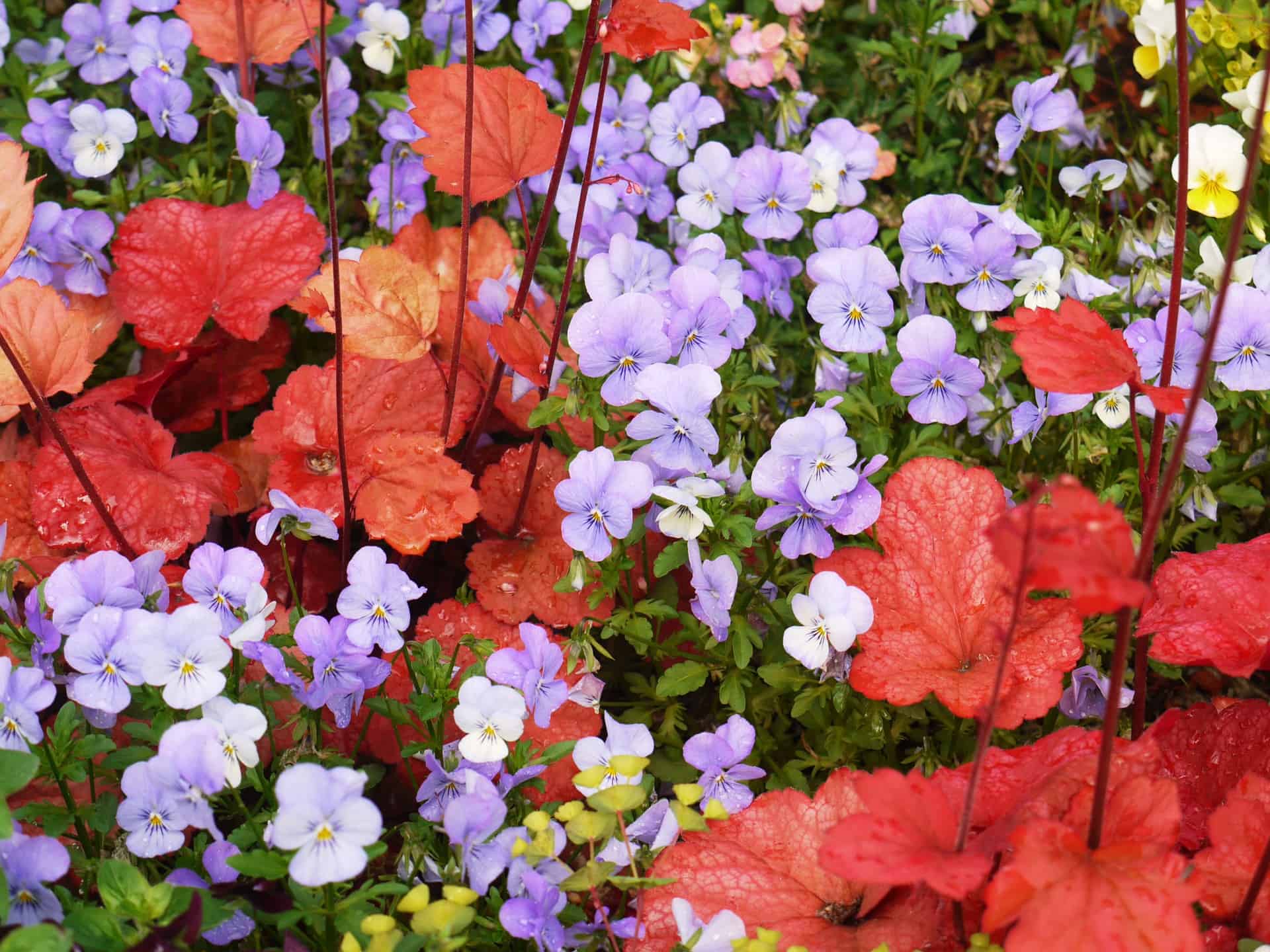
Early summer can be a quiet time in the perennial flower garden. The spring flowering bulbs have finished for the season but the main show of irises, peonies and other summer flowering flowers hasn’t kicked in yet. But we’ve found some hardy perennials that flower in this in between time and look great together. In this new video I highlight the plants and combinations that we really like. For example we use, hardy geraniums with their variety of foliage colors, soft blue flowered Amsonia contrasting nicely with colorful peonies and coral bells providing an attractive, dark colored foliage back drop to other low growing flowering plants.

Enjoy the video and hopefully it will inspire you to try some of these plants and experiment with your own colorful combinations.
Watch this New Video here
Gardens of Sardinia, Italy
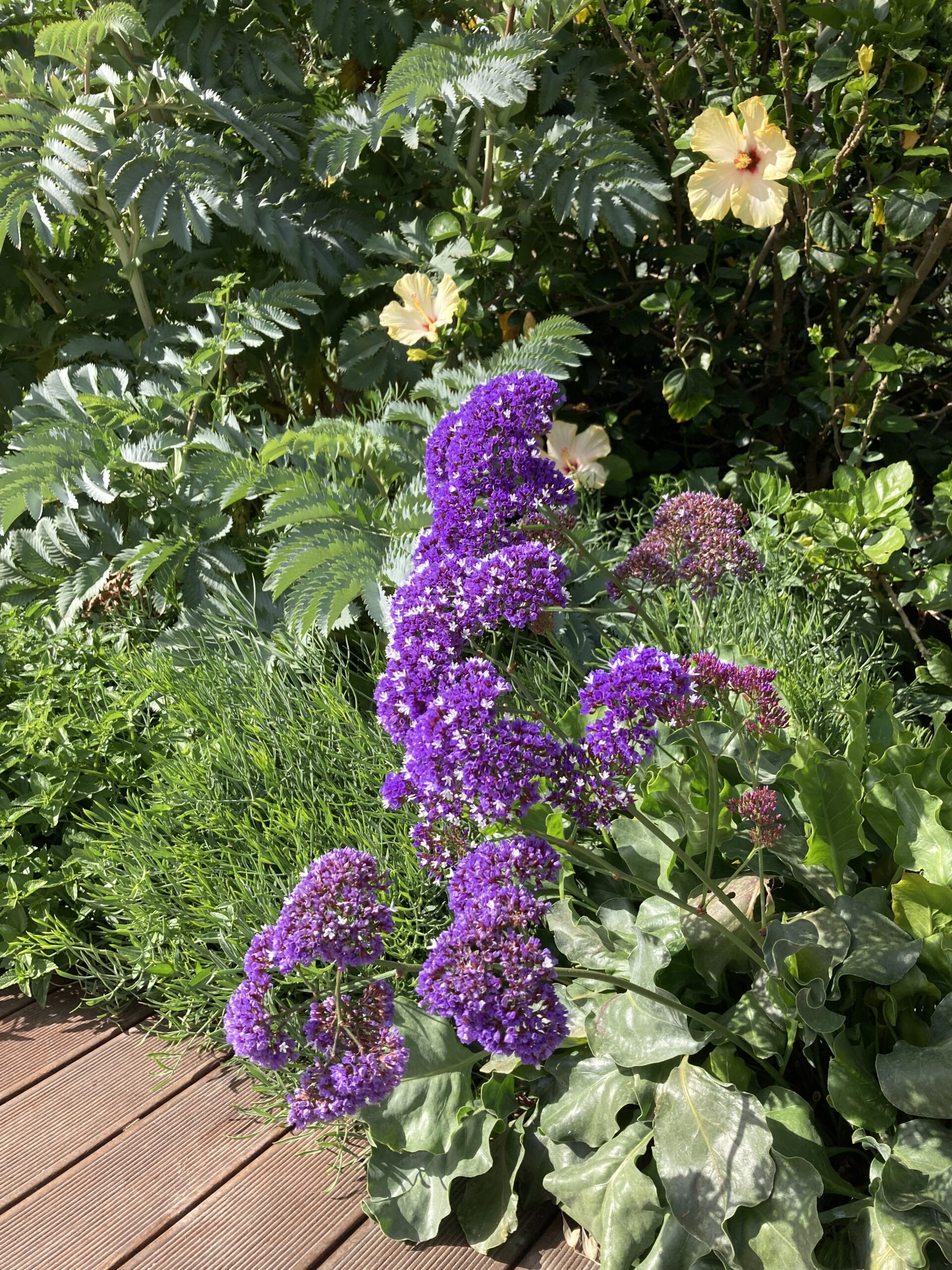
Sardinia, Italy is a fascinating island. It’s the second largest island in Italy. It’s very large and takes hours to drive from one end to the other. The Sardinian people are fiercely independent and resilient after having been conquered by invading armies from many locations such a Phoenicia, France, Spain, North Africa and Rome. And yet, they are also warm and friendly and always ready to talk about their land, food, music and culture.
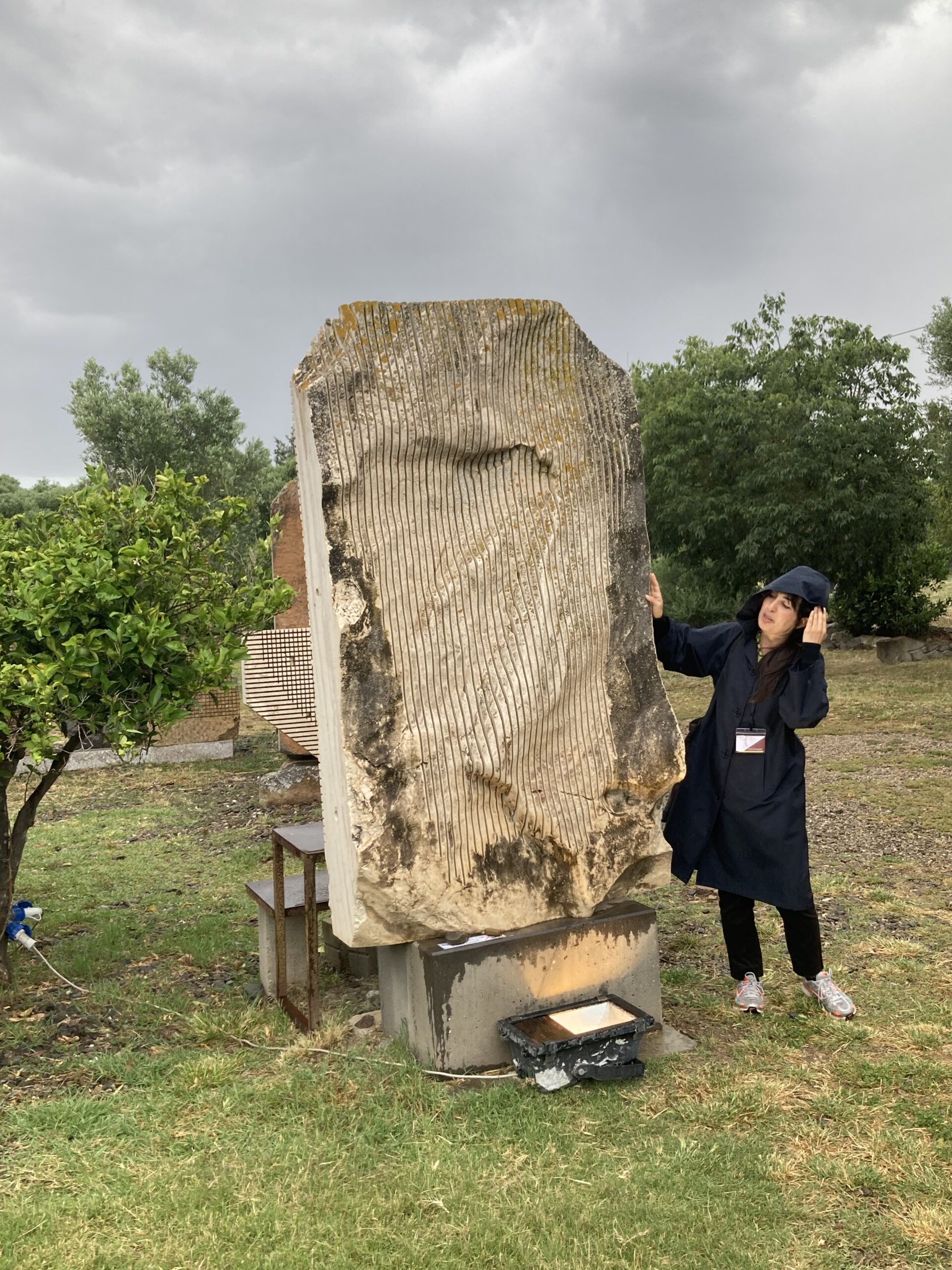
We were fortunate to have Maurizio Usai, a famous Landscape Architect in Sardinia, take us around to some of his commercial landscapes, natural areas and own personal garden explaining about the plants, weather and uniqueness of Sardinian gardens. We visited a Sound Garden where the sculpture carved stones so they could be played like musical instruments.
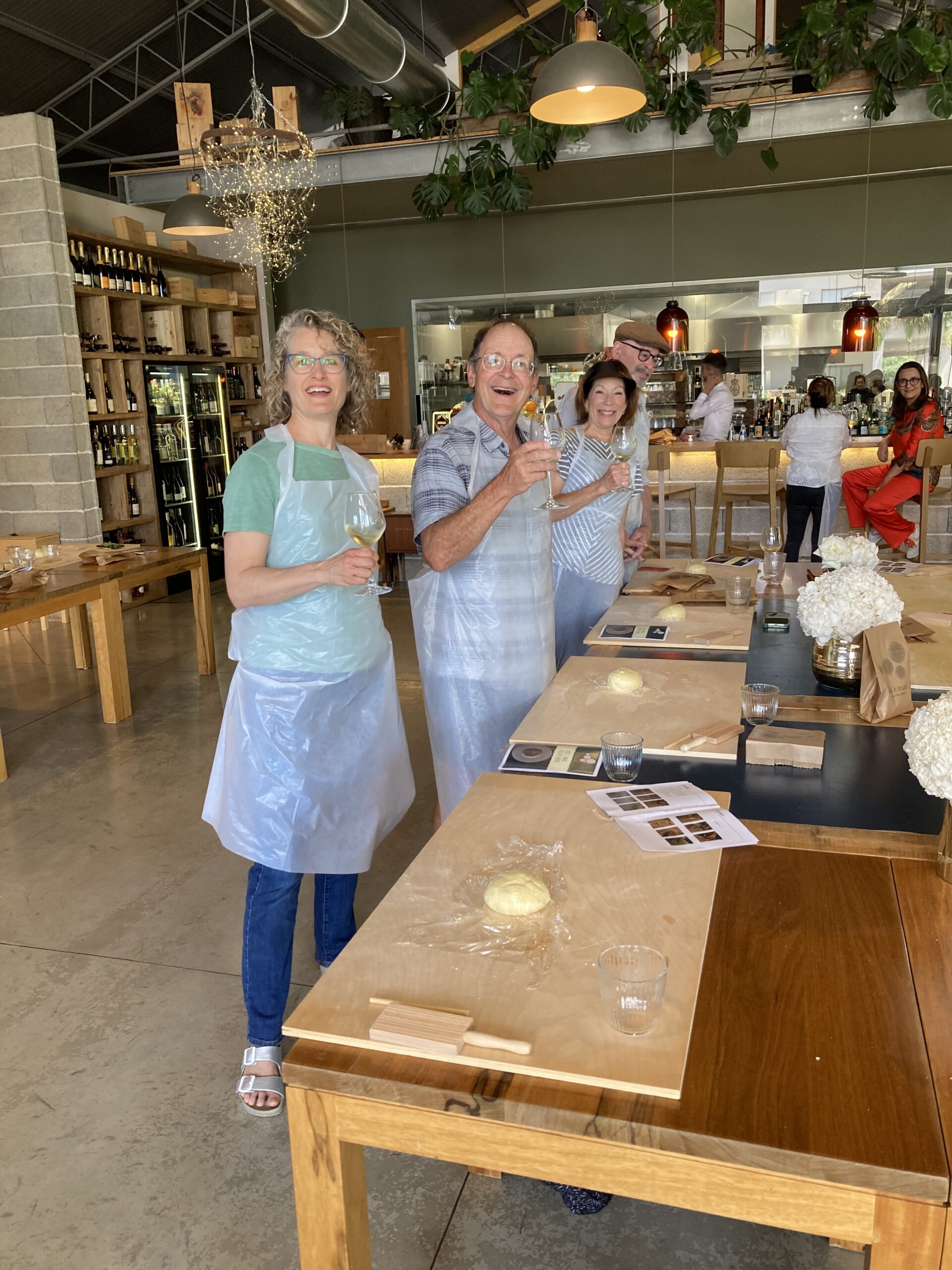
O course, there were winery visits, trying the Sardinian wines. Sardinia tries to grow much of its own food partly because if its remoteness and partly because of pride in their land and the seacoast. We enjoyed a cooking class learning more about the foods of Sardinia. The land ranged from picturesque, turquoise blue, sandy beaches to rugged mountains. The scenery was breath-taking. I hope you enjoy these few photos and consider traveling with us in the future.
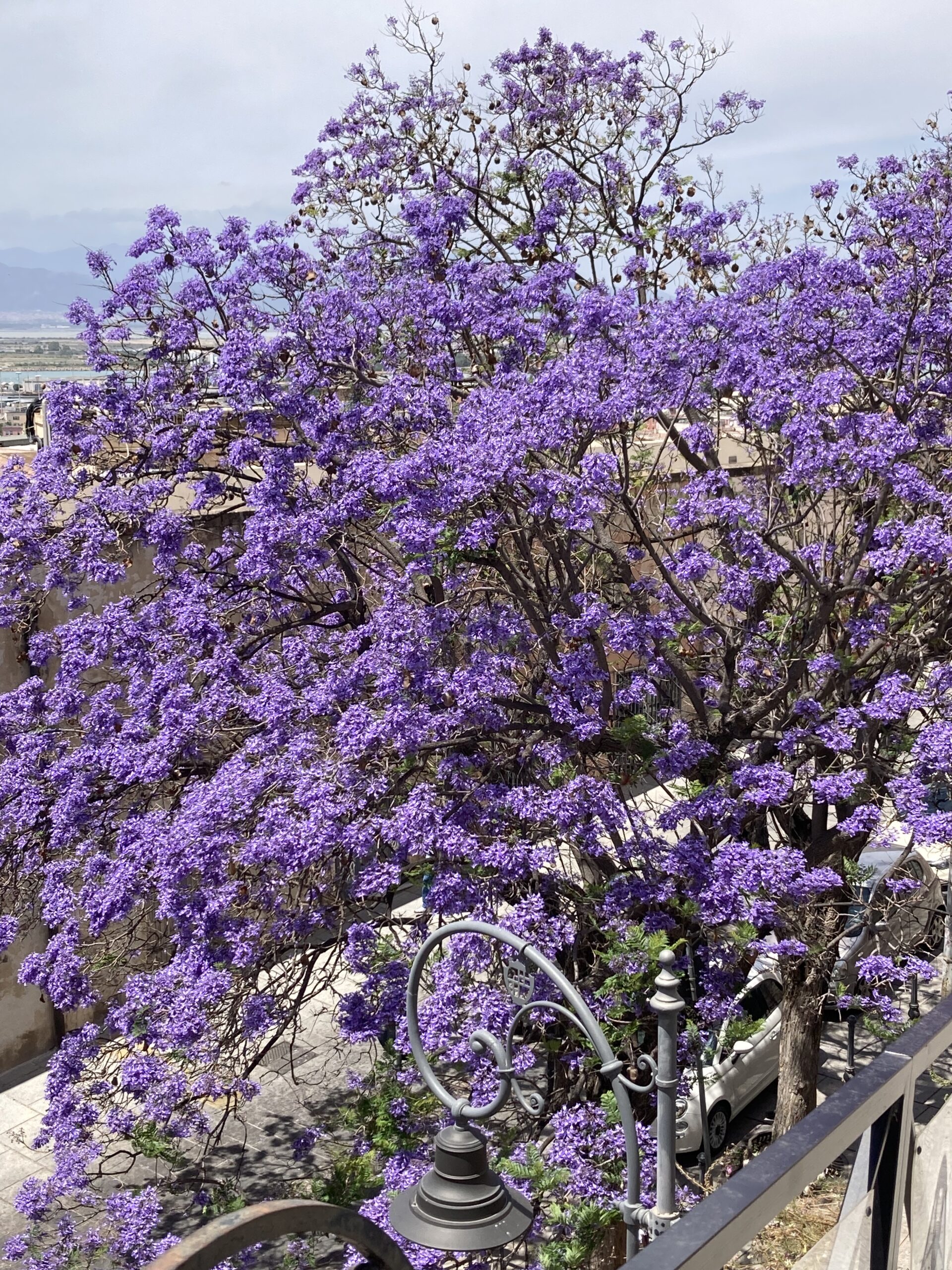
Learn more about my garden tours here
How to Grow: Cucumbers
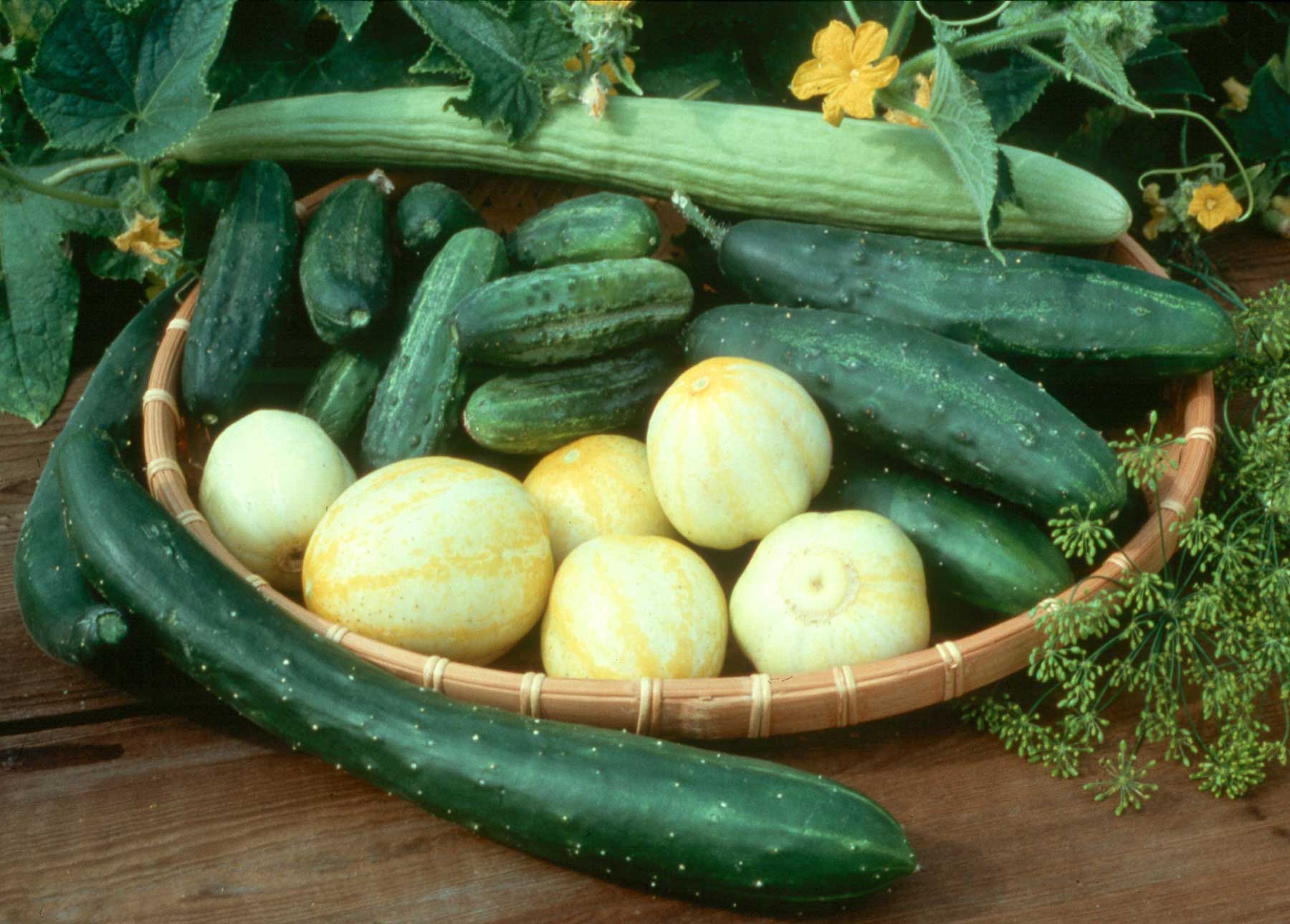
South Dakota State University
Cucumbers are summer favorites of many gardeners. We all know about pickling and slicing varieties and how tasty they can be. But while there are many varieties of your favorite cucumbers available to grow, there are also some unusual varieties as well. These varieties are related to common cucumbers, but sometimes don’t look the part. Let’s take a look at some unusual cucumbers and how to grow them.
Lemon cucumbers grow like a regular cuke, but the fruits are a small, ball shape and size with white, turning to yellow, skin. These cucumbers have a white, crisp flesh that has a slight lemony flavor. They are favorites of kids for their size and refreshing texture. Speaking of kids, no kid can resist trying a cucamelon. Cucamelon are in the cucumber family. They produce grape sized fruits stripes on their skin, that look like little watermelons. But one taste will let you know their ancestry. Cucamelons, Mexican sour gherkin or mouse melons, taste like a cucumber with a little lime added. They can be eaten raw and can be added to salads, pickles, or enjoyed as a snack, Some people use cucamelons as a substitute for olives in cocktails. The final unusual cucumber has a deep brown skin. They look like russet potatoes but when sliced have the classic cucumber look and flavor. Gardeners enjoy these for the crisp texture and non-bitter taste. ‘Poona Kera’ and ‘Brown Russian’ are two heirloom varieties from India and Russia. While not great to look at, the flavor will win you over.
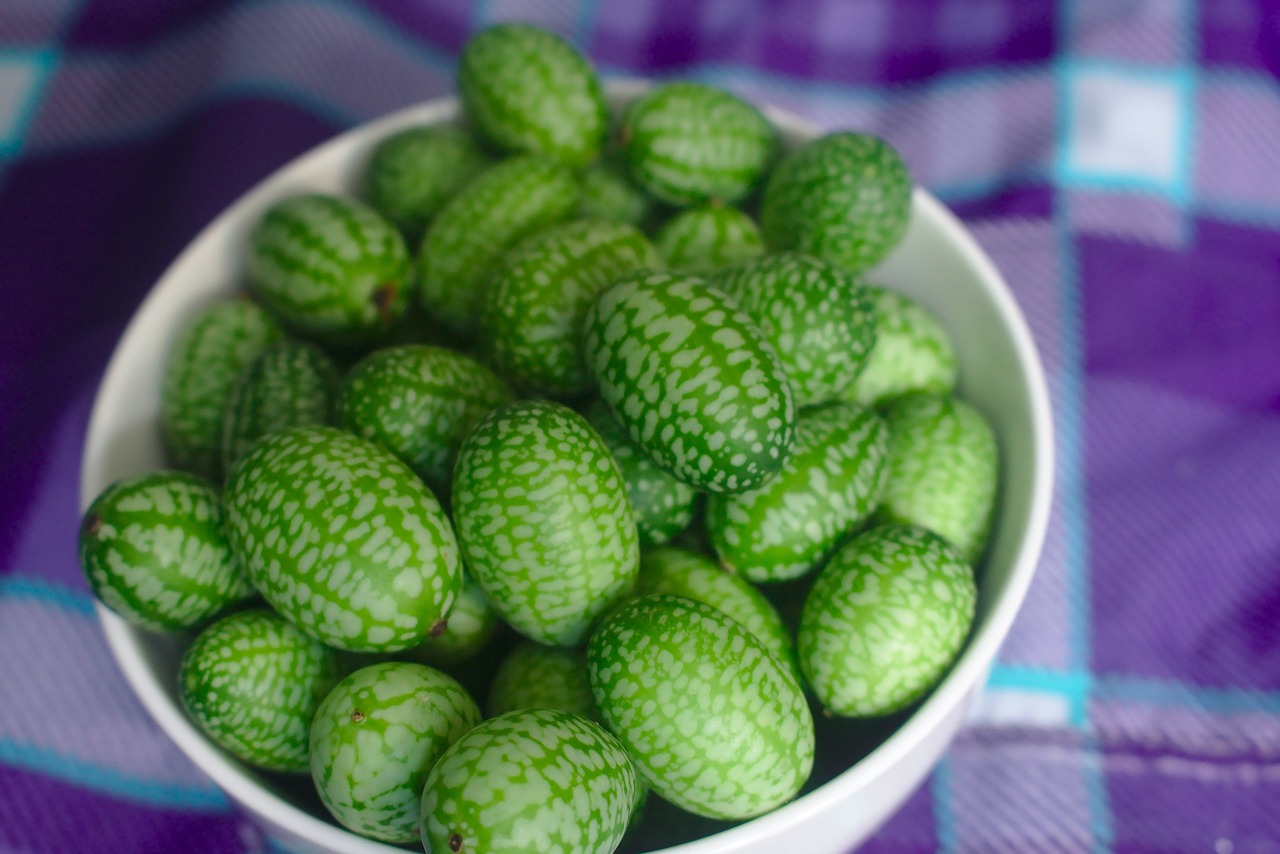
Grow these unusual cucumbers as you would regular ones. Plant seeds or transplants now in well-drained, fertilized soil. We like growing them in raised beds for the better water drainage and let them cascade over the bed edge. Trailing varieties will need something to climb on. We use a 45 degree angled wire trellis. for our cukes. Cucumber like growing at that angle and it keeps the fruits off the ground. There’s less insect and disease damage. Watch out for cucumber beetles. These pests can decimate young seedlings and spread disease to older plants. Check out more information on cucumber beetles here. Keep the plants well watered and don’t be afraid to grow a second crop starting in July if the first one fails. Cucumbers will mature quickly in the warm summer soil.
Go here for more on growing Cucumbers
In Our Garden: Pest of the Month: Asian Jumping Worms
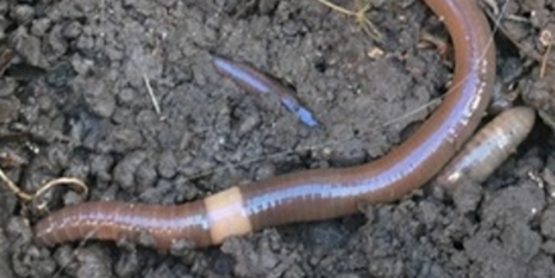
Cornell Cooperative Extension – Warren County
Just when you thought you’ve heard enough about exotic pests, out jumps the Asian snake worm. This invasive species originates in Asia. It’s an earthworm with a big appetite and reproduces prolifically. The snake worm is a voracious eater. It will decimate forest and garden soils by eating up organic matter and seeds leaving the soil barren. While the adult doesn’t overwinter in many colder areas, the cocoons and eggs do. The cocoons are brown colored so are hard to see in the soil.
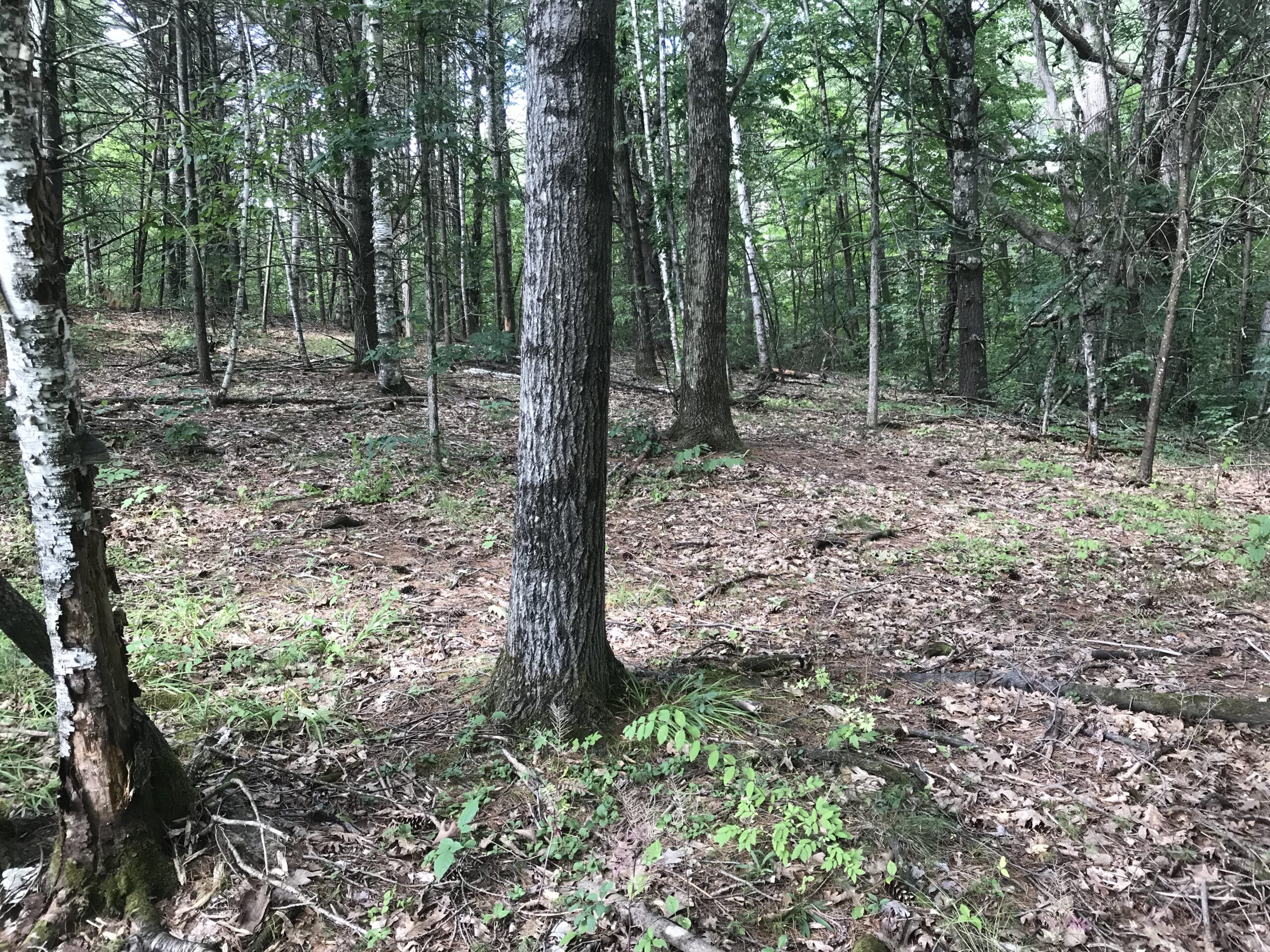
To see if you have Asian jumping worms in your soil, take 1/3rd cup of yellow mustard seed, grind it and mix it with 1 gallon of water. Pour it on a garden bed and the jumping worms will rise to the surface. You can then pick them dropping the worms in a plastic bucket to dry out and die. Wash the soil off any plants brought into your yard and collect the soil in plastic bags. Lay the bags in the hot sun to heat to above 105F for three days. This kills any eggs and worms. Some gardeners have also had success draping clear plastic mulch over an infected bed and letting it heat up to kill the worms. Other than these recommendations, researchers are still looking for techniques to kill the worms.



